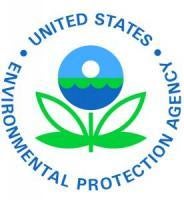WASHINGTON - The Environmental Protection Agency (EPA) and the USDA’s Food Safety and Inspection Service (FSIS) today announced the first-ever Microbial Risk Assessment (MRA) Guideline. This new MRA Guideline lays out an overarching approach to conducting meaningful assessments of the risks to Americans posed by pathogens in food and water. Pathogens ingested in food and water can result in acute gastrointestinal-related illnesses; some gastrointestinal-related illnesses can result in long-term and permanent health effects as well as premature death. This new guideline will improve the quality of the data collected by public health scientists charged with protecting Americans from pathogen-related risks in food and water.
“This guidance contributes significantly to improving the quality and consistency of microbial risk assessments, and provides greater transparency to stakeholders and other interested parties in how federal agencies approach and conduct their microbial risk assessments,” said Dr. Glenn Paulson, EPA Science Advisor. “Based on the success of this project, we are seeking further opportunities to combine our technical expertise in our continuing efforts to protect the Americans’ health.”
“The microbial risk assessment guideline developed by FSIS, the EPA and our other public health partners will help protect consumers by allowing us to uniformly assess and reduce health risks from pathogens,” USDA Under Secretary for Food Safety Dr. Elisabeth Hagen said. “We’re proud to have worked with our partners on this guideline that will provide our risk assessors with a transparent and scientifically rigorous document to use in protecting public health.”
Formal risk assessments for food, water, and environmentally-relevant chemicals have been undertaken for decades. However, an overarching microbial risk assessment guideline has not been available until now. The guideline announced today meets this need by providing comprehensive, yet specific and descriptive information for developing assessments of microbial risk in food and water.



 />i
/>i